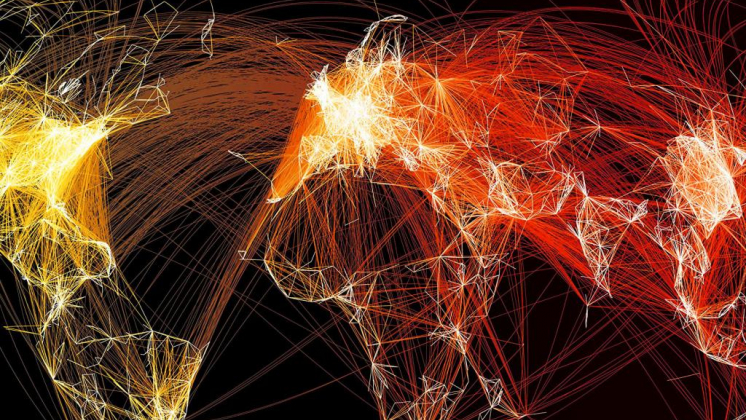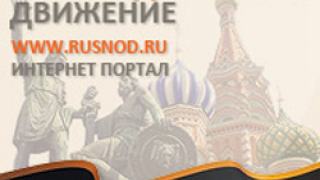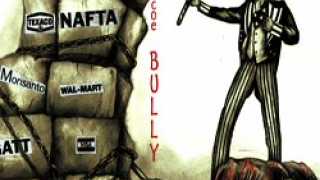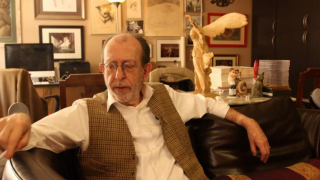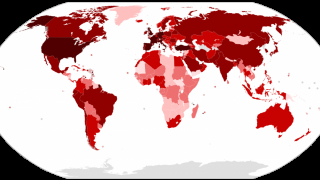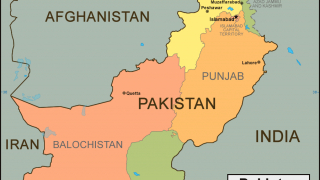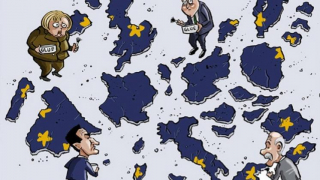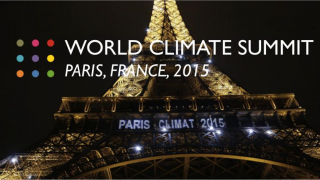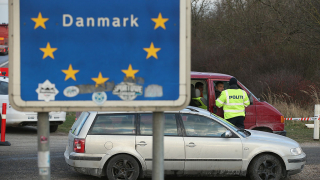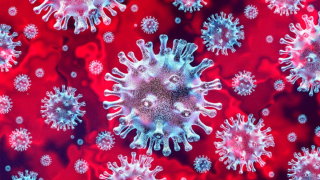Timor panicus and Pan-demic. A look at Global Trends 2030: Alternative Worlds
16.04.2020
Timor panicus is a Latin expression meaning “fear of panic”, it is a “sacred terror” or a “divine panic”, a concomitant fear of a real or presumed supernatural event. It must be compared to the influence that the god Pan of Greek mythology has had on nature and men. Pan is, in fact, etymologically at the origin of the word “panic”. In the book The King of the World René Guénon notes that Saint-Yves d’Alveydre in his description of Agarttha says that “there are moments, during the underground celebration of the 'Cosmic Mysteries', in which travelers who are in the desert stop and the same animals remain silent ”, specifying in a footnote the similarity with the Timor panicus of the ancients. The name Πάν derives from the Greek paein, meaning “to graze”, and in fact Pan was the shepherd god, the god of the countryside, of the forests and pastures. What is more, the name is similar to πᾶν, which means “everything” and is at the root of the term “pandemic”.
∞
GLOBAL TRENDS 2030: ALTERNATIVE WORLDS, published in 2012 by the National Intelligence Council, is one of the sources that Parag Khanna uses in Connectography (2016).
These are the unanswered questions about Pandemics which appear in the box on page 13:
There’s also a scenario, that appears on page 112, in which it is expected that, following a pandemic, widely analyzed in the previous pages, the globalized world will come out strongly transformed. Facebook will be the protagonist like other social networks:
As with most ill fortune, troubles tend to come in waves: a deadly virus—which scientists had warned about repeatedly—has erupted in Southeast Asia. Ironically, with the increased security and border controls, the US, some Europeans, and even China are better able to weather the pandemic, which is spreading quickly. Flights have been cancelled and ship transports have been stopped. There are reports of tens of millions of deaths. Twitter tried to operate even at the height of the pandemic, but a number of governments pulled the plug, saying that the use of social media was responsible for the increasing panic. The virulent strain spread quickly outside Southeast Asia to South Asia and along the trade and travel routes to the Middle East and Africa. As a result of the pandemic, there is now a new map of the world in everybody’s mind. I can remember when the world map was the British Empire with a quarter of the Earth’s surface colored in pink. Then we had the map of the Free World with Washington as its capital. Now the new mental map shows a devastated Southeast Asia and portions of India, the Horn of Africa, and parts of the Gulf. Many of these areas are still not getting any international assistance. This new mental map, created by what happened to the poor and destitute and their being shunned by the rich countries, including China, is widening the gulf between North and South and East and West. The new map will be what survivors in the developing world carry around in their minds and, consciously or not, will inform thinking for a generation on world affairs. Even in the rich, developed countries, which were spared the worst impact from the pandemic, the death toll reached several million—the youth were particularly susceptible. I can’t tell you the psychological impact on the rich survivors. The worldwide pandemic has put globalization even more in disfavor. It was the coup de grace for many, sealing the case against what was seen as the rampant globalization earlier in the 21st century. Western multinationals have seen forced nationalization in Southeast Asia, India, and Africa. Governments there say that those businesses which ceased their operations during the pandemic lost their rights to resume their businesses afterward. Still, I noticed that Facebook is becoming more popular and that young people are also beginning to travel and study abroad. Maybe this augurs a rebound in globalization’s fortune.
It is up to the reader to draw the consequences.

